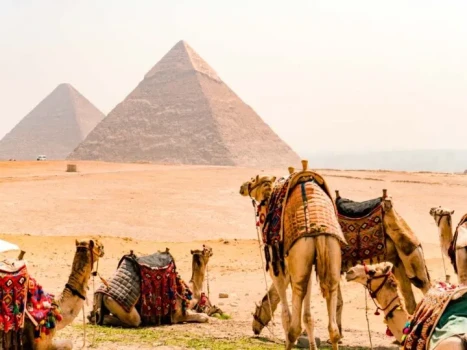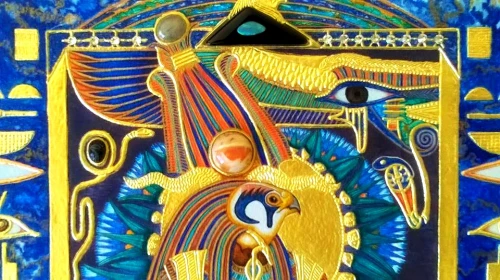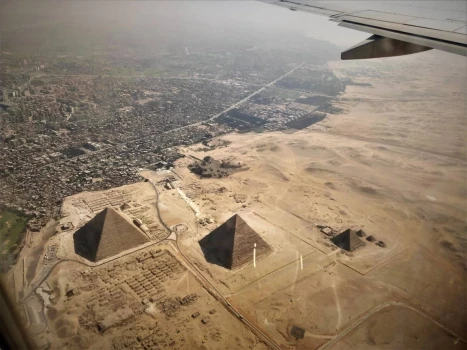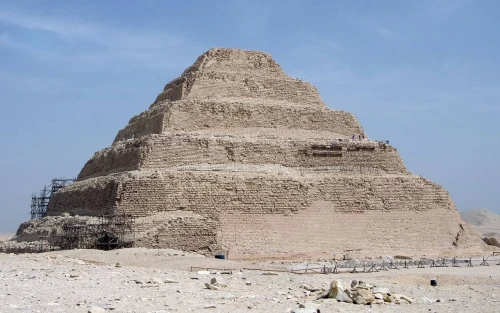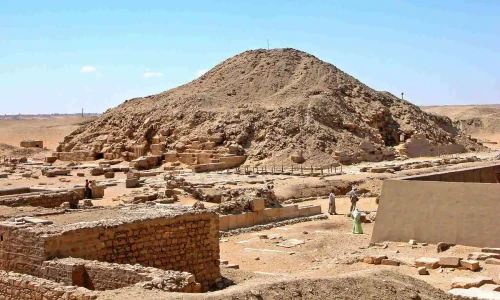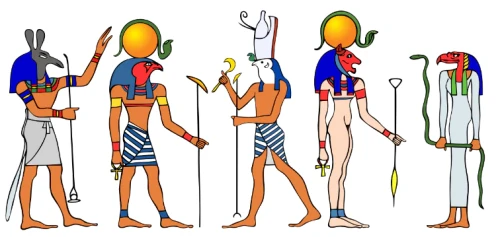
The mythology and religion of ancient Egypt were greatly inspired by animals. Although animals were not worshipped, some of them were related to or revered by the gods. The Egyptians did not worship all cats and falcons or consider them to be gods, despite the fact that the cat was the sign of Bastet and the falcon was the symbol of Horus, for example. Some animals that the gods revered were kept on farms where they were killed, mummified, and sold to people who visited the temples. The faithful may purchase a mummified cat, ibis, or falcon and present it as a votive offering to the deity in the hopes that their prayers will be answered.
Some creatures, though, were referred to as the living embodiments of a god. The Egyptians believed that a deity may manifest as a particular falcon and that this particular falcon would be considered a dwelling cult.
Many gods considered animals to be sacred, and they were frequently left as offerings in the temples. Due to the enormous demand, it was hard to rear enough falcons in captivity, therefore frequently, a bunch of rags and sticks were wrapped to resemble a falcon.
That bird would be revered as if he were Horus, the material representation of the divine. Any animal thought to contain the god's spirit was housed in luxury within the boundaries of the temple, especially during the Late and Ptolemaic periods. The ibis of Thoth, the crocodile of Sobek, the ram of Amun, and the falcon in many forms of Horus were only a few of the numerous manifestations of the gods.
The devoted used a variety of methods to determine which animal a spirit inhabited. A cult statue being carried by priests during a ceremony to choose the animal that would represent the god would appear to veer in that direction. Each year, a new living representation of the god was selected and ceremoniously erected in the area surrounding the temple. Unknown is the deposed animal's fate. The Apis, Buchis, and Mnevis bulls were chosen as some animals because of their The goddess Bastet considered cats to be sacrosanct, and cat figurines of all sizes were common donations in her temple.
After a thorough search that was launched when the previous bull passed away, they were chosen. A grand ceremony was held to install the bull as the living embodiment of Apis, Buchis, or Mnevis, an honour it would hold for the remainder of its life, after it had been located. Egypt entered a state of mourning when a bull passed away. The bull was placed in a tomb appropriate for a head of state after being mummified.
List of Animals and the Gods to Which They Are Sacred
Baboon Thoth, Hapi
Beetle Khepri
Bull Apis, Buchis, and Mnevis
Cat Bastet
Cobra Buto (see also snake)
Cow Hathor, Isis personified as Hathor and Bat
Crocodile Sobek
Dog/Jackal Anubis, Wep-wa-wet, son of Horus, Thoth portrayed as a
jackal, Duamutef, Son of Horus
Dolphin Hat-mehit
Donkey Set when Horus defeated him
Falcon Horus and Horus as Harmachis, Haroeris, Harsaphes,
Harsiesis, Hartomes, Khonsu, Qebesenef, son of Horus
Frog Nun, Heket, Kek, and Amun in the Ogdoad
Goose Geb, the symbol of Amun, also called great cackler, is said
to have laid an egg from which the world came.
Hippopotamus Tauret, Set when Horus defeats him
Ibis Aah, Thoth
Lioness Astarte, Sekhmet, Mut, and Tefnut
Lynx Maftet
Pig Set when Horus defeats him
Ram Amun, Ba-neb-djet, Bata, Khnum
Scorpion Selket
Snake Buto/Wadjet, Meretseger, Renenutet
Sow Nut
Swallow or Kite Isis and Nephthys
Vulture Nekhbet
 English
English
 Spain
Spain
